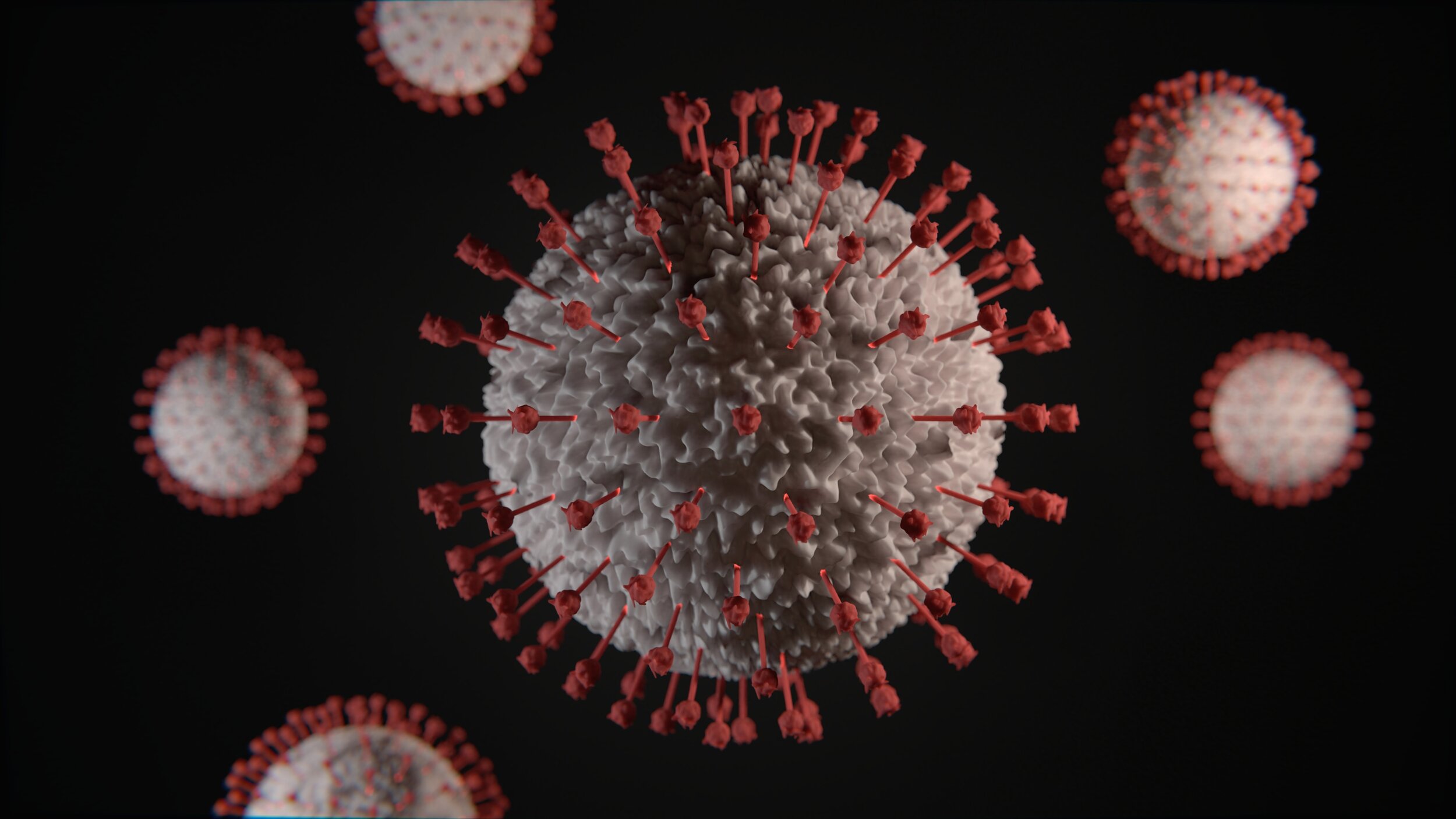Welcome Back: Preparing for life, post-quarantine
Four months ago, the idea of never leaving your house was probably unthinkable. But as the gravity of COVID-19 began hitting closer to home, Metro Manila was put under Enhanced Community Quarantine and we were all forced to do things we’d never done previously: download Zoom so we could participate in Saddle Strong Sessions and virtual Happy Hours. Familiarize ourselves with every delivery app known to man. Learn how to bake banana bread.
It’s been said that it takes the average person about two months, or roughly 66 days, to form a habit and adapt to a new reality. And because our reality, since March, has revolved around voluntary house arrest, many of us have now become so incredibly comfortable with staying in that the idea of ever leaving the house again can be downright scary.
As we transition into more and more relaxed levels of Community Quarantine, it’s time to start conditioning your mind and body to rejoin the outside world. Here are a few guidelines—you might even think of them as new habits to pick up—that could help.
Know the facts.
As the scientific community uncovers more findings related to COVID-19, there have been some earlier myths about the virus that have since been debunked. For instance, we now know that the virus spreads more easily through person-to-person contact than from exposed surfaces, and that it’s less likely to be transmitted amongst socially distanced individuals outdoors than in closed, indoor environments.
So if you’ve been thinking about hitting the streets for an afternoon jog or taking your dog for a stroll around the neighborhood, it’s perfectly fine, right now, to do so. Stepping into sunny, open spaces might be a good way to ease yourself into being outside again, and it’s a great excuse to finally shed the pambahay and put on your workout clothes.
Arm yourself.
That being said, it would be foolish to leave the house without taking the proper and necessary precautions. By now, you’ve definitely stocked up on your trusty face masks. Whether you choose to stick with the disposable kind or your own reusable cloth-plus-filter combo, it’s really up to you. You can take comfort in the fact that wearing a mask can reduce the risk of transmission by up to 79%, and since everyone now uses one, the chances of stray droplets getting to you are just that much smaller. Of course, carry wipes and alcohol at all times—washing hands is best, but there isn’t always a nearby sink available. You might want to start bringing your own small bottle of liquid hand soap, too.
There are those who may not feel comfortable unless they’re fully suited up with disposable gloves and a plastic face shield. Unless you’re at-risk or immunocompromised, these may not actually be necessary, but for now, do whatever makes you feel comfortable. The beauty of this “new normal” is that if you choose to take these added precautions, everyone right now is on high-alert, so it hardly warrants a second look. You can even go full-on Mad Max or embrace your inner Naomi Campbell (a notorious germophobe—have you seen her pre-flight routine?). Hey, we won’t judge.
Put yourself out there.
Here’s the thing about long-term confinement: the more you cage yourself in, the less capable you become of surviving the outside world. Studies on mice have shown that just a month of isolation caused about a 20% decrease in the total volume of neurons; by three months, there was a diminished capacity for those neurons to communicate and respond. These findings have been echoed in prisoners who experienced prolonged solitary confinement—among the observed effects is a decrease in the size of the hippocampus, the brain region related to memory and learning, and increased activity in the amygdala, the area that mediates anxiety and fear.
Think about it: we can only allow ourselves to live like caged animals for so long. It’s perfectly understandable, however, to feel anxious the very first time you step out, so you might want to familiarize yourself with a few grounding techniques. These are practices designed to distract or pull you away from damaging thoughts and refocus attention on the present, like breathing deeply (think of the words “in” and “out” as you inhale and exhale), counting your steps as you walk, reciting a verse or song lyrics that you know by heart, or mentally listing some of your favorite movies, food, anything that will stir up positive emotions. Try to practice this the second you start feeling uncomfortable rather than waiting for the situation to escalate, and focus on your five senses and what’s surrounding you in that moment to snap you out of any uncontrollable spirals.
Stick to the essentials.
“Essential” is a word that has been drilled into our new daily vocabulary lately, along with other terms that have recently enjoyed popular use, like “PPE” and “mañanita.” But remember that often-quoted line from The Little Prince by Antoine de Saint-Exupéry: “What is essential is invisible to the eye.”
This is a good time to reflect on those other essential practices that may have gone neglected, like mental health, human connection, and embracing novel sights, sounds, and experiences. As we’ve spent the past hundred or so days in the safe little bubbles of our homes, it’s easy to have fallen into the rut of a work-from-home-then-Netflix routine. Visualize what it’s like to be outdoors, or even traveling again (even though it may be a while before that happens)—waking up with the possibility that you’re going to experience or see something absolutely new that day.
Hopefully, you’ve spent the last three months trying to eat right, work out, stay healthy, and strengthen your immune system. Now that we have a heightened awareness of our health and public safety, it’s time to put all those new skills we’ve learned to the test. Until a vaccine becomes widely available, COVID-19 is, unfortunately, something we are all going to have to learn to live with. But human nature prevails; we are resilient, and we are #SaddleStrong.




